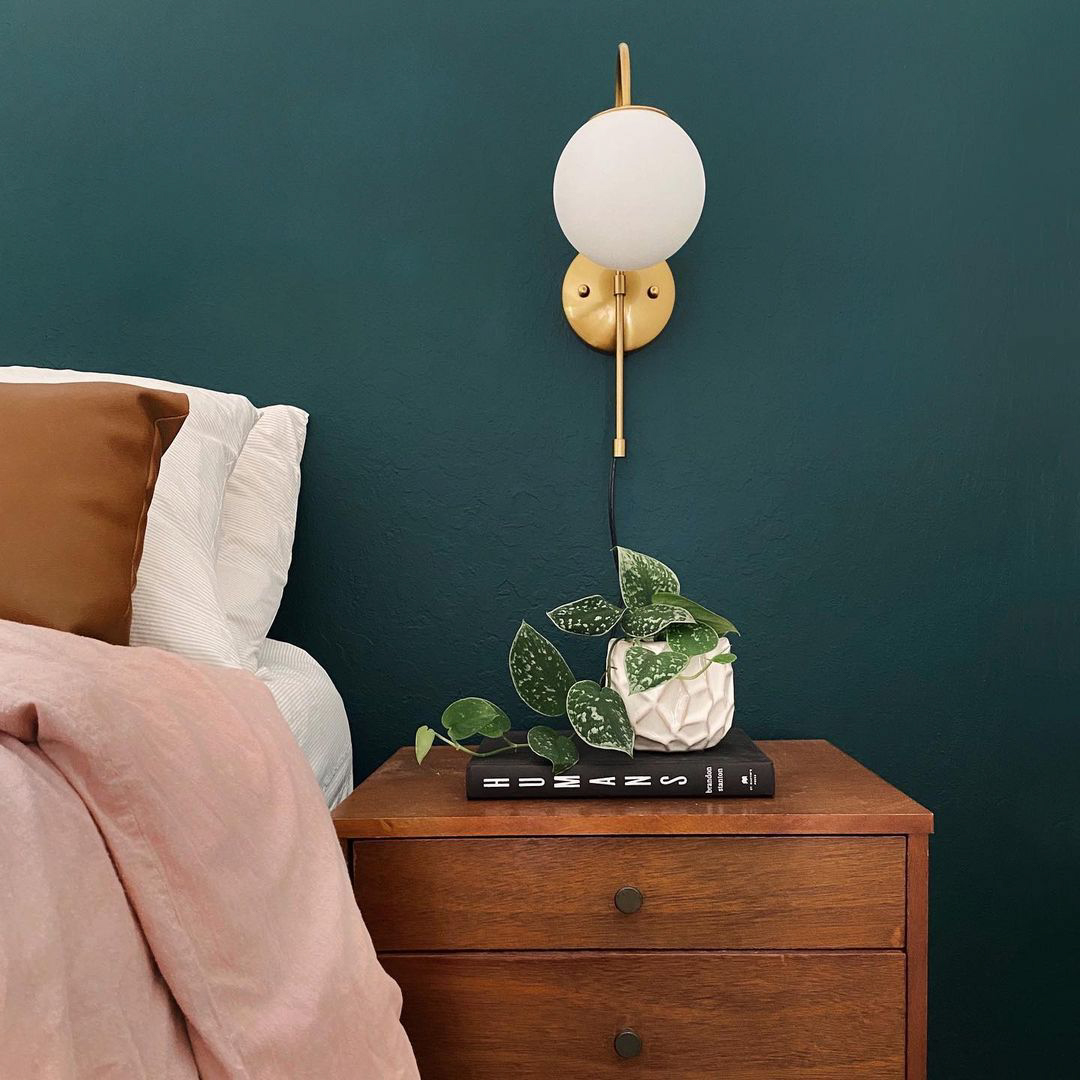Introduction
Wabi-Sabi is a Japanese aesthetic philosophy that emphasizes the beauty of imperfection, of things that are natural and humble, and that age gracefully. This philosophy has influenced many aspects of Japanese culture, including art, architecture, and design. In recent years, it has also become increasingly popular among Western designers, who have embraced its principles and applied them to their creations.
What is Wabi Sabi Design?
Wabi Sabi design is focused on creating something that is both beautiful and functional, but with a sense of natural imperfection. The wabi-sabi aesthetic emphasizes simplicity, humility, and a connection to nature. It values objects that are old or have been repaired, rather than something that is brand new and perfect.
Simplicity
Simplicity is a key aspect of wabi sabi design, with an emphasis on clean lines, uncluttered spaces, and minimalism. This design philosophy values space and emptiness just as much as it does objects. By eliminating extraneous details, wabi-sabi designers are able to focus on the essential elements of an object or space.
Naturalness
Naturalness is another important factor in wabi-sabi design. This includes the use of natural materials, like wood, stone, and ceramics, which are often left unfinished or imperfect, highlighting their natural beauty. Wabi-sabi designers also value the way materials age and change over time, and often incorporate this into their designs.
Imperfection
Imperfection is a key part of wabi sabi design. This means embracing the marks of time and wear that objects accumulate over time. In contrast with most Western design, which values newness and perfection, wabi-sabi designers prefer objects that have an imperfect, handmade quality. This includes things like visible seams, rough surfaces, and a sense of asymmetry.
Examples of Wabi Sabi Design
One of the most well-known examples of wabi-sabi design is the Japanese tea ceremony. The tea ceremony is an example of wabi-sabi values being applied to both design and ritual. The tea rooms themselves are often small, unadorned spaces with simple design elements like tatami mats and shoji screens. The tea utensils, like the tea bowls and tea scoops, are often rustic and imperfect, with visible marks from the potter’s hands or the firing process.
Another example of wabi-sabi design comes from the world of architecture. The work of Japanese architect Tadao Ando is often described as embodying wabi-sabi principles. His structures are sleek and modern, but often incorporate natural elements like stone and water. Ando’s work frequently highlights the beauty of imperfections like concrete seams and exposed pipes.
Wabi Sabi Design and Sustainability
In addition to its aesthetic value, wabi sabi design has become increasingly popular as a sustainability philosophy. Wabi-sabi designers prioritize the use of natural materials and the reuse of existing objects, which reduces waste and allows for a more mindful use of resources.
Natural Materials
By using natural materials like wood and stone, wabi-sabi designers reduce their reliance on synthetic materials that are often resource-intensive to produce. Because these materials are readily available and long-lasting, they also help to reduce the environmental impact of the design process.
Reuse and Repair
Wabi Sabi designers also place a high value on the reuse of existing objects, whether that be through repurposing or repair. This helps to reduce waste and extend the life of objects, which in turn reduces the need for new production and raw materials.

